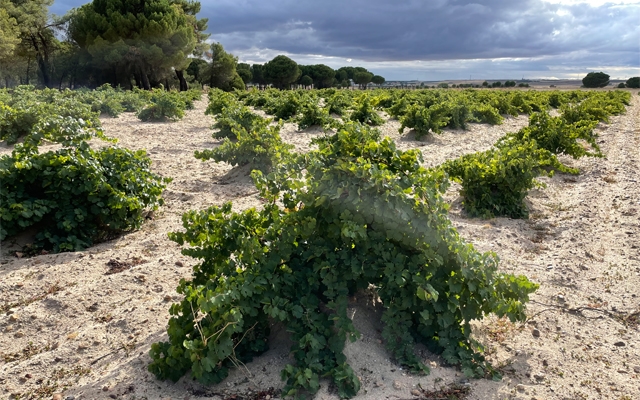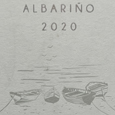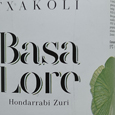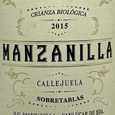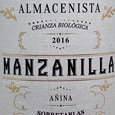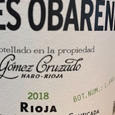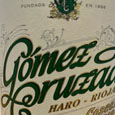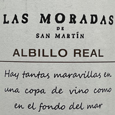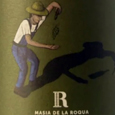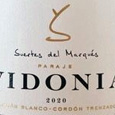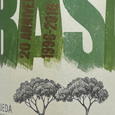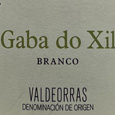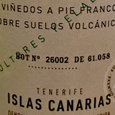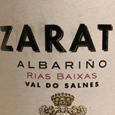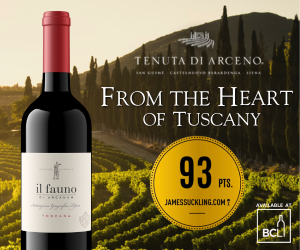Traditionally prized for long-lived and sun-driven red wines, Spain has had a white awakening of late, with forward-thinking producers planting ever higher, cooler sites to white grapes.
It’s not solely the threat of climate change prompting the whitening shift. It’s reflective of the global trend towards fresher wines, our growing white wine thirst, and also thanks to adventuresome and innovative Spanish producers pushing the boundaries of viticulture and viniculture. These viñateros, winegrowers who focus on viticulture and wines with a sense of place, are working all corners of the vast country (including the Islands) and rediscovering and celebrating indigenous and forgotten grapes, including whites. Traditional white grapes like Albariño, Verdejo, Godello, and Palomino are being planted and crafted through a terroir-driven lens and tasting of place rather than winemaking.
From the big names, like Torres, and Telmo Rodriguez, to the smaller garagiste producers, there is a renewed focus on these native grapes (Spain has more than 400 varieties identified) and organic/biodynamic farming. Spain is currently home to over 100,000 hectares allocated to organic wine growing, making it the EU country with the largest area dedicated to organic vineyards.
I’ve highlighted below a few regions and grapes to seek out on the Spanish white trail, but don’t neglect trying modern Rioja whites of Viura and Tempranillo Blanco, the waxen honeyness of Godello from Bierzo and Valdeorras; Basque Country’s racy, herbal Txakoli, from Hondarrabi Zuri; and high altitude plantings of stony Albillo Real in the Sierra de Gredos mountains - plus numerous other gems.
Rueda
Rueda is an island of white wine in a sea of red, tucked to the southwest of Ribera del Duero in the north-central state of Castilla y León. With 14,000 hectares under vine, large diurnal shifts, ample sunshine hours, and calcareous clays, the region is Spain’s most famous for whites, primarily Verdejo, the lively, herbaceous, and citrus-forward white grape, generally unoaked and shining. Viura and Sauvignon Blanc also play supporting roles here. While historically the region was known for its fortified wines, today, the focus is on these fresh, aromatic whites. Most of Rueda’s vineyards are located south of the Duero River, tracking its journey east towards the Atlantic, high up on the Meseta Central plateau (700-800m). *Lead photo above is an old bush vine Verdejo in Rueda.
Rías Baixas
In Galicia’s northwest corner of Spain, just across the Minho River from Portugal, is Rías Baixas, home to prized Albariño. The proximity to the cooling Atlantic Ocean and the prominence of granitic soils provide distinctly marine, fresh, and mineral-driven wines, typically wrapped with stone fruit and almond.
Penedès
Penedès is the most dynamic wine region in Catalunya (Catalonia in English, Cataluña in Castilian), the proud region in Spain’s northeast. Of course, the homeland of Cava is also home to its three main white grapes: Xarel.lo, Parellada, and Macabeo (aka Viura). While often blended and bubbled, these grapes are also becoming increasingly known on their own in fresh, still, lean whites.
Jerez
While Sherry wine remains a challenging market, thankfully, there is now a focus on the unfortified white wines of Southern Spain’s Andalusia, clustered around Jerez de la Frontera and Montilla-Moriles. Palomino, Pedro Ximenez, and Moscatel, rooted in the blinding white limestone albariza soils, are being grown for table wines and allowed to express their taut marine swept acidity and southern Spanish sunshine without the cloak of fortification and/or flor.
Canary Islands
The sun and sea swept Canaries, a volcanic archipelago located west of Morocco in the Atlantic Ocean, has produced wines for centuries. However, thanks to courageous winemakers, it has only been recently that these indigenous, phylloxera-free vines, some up to 200 years old, have been revitalized and applauded. Listán Blanco (aka Palomino) leads the whites, along with Malvasía Volcánica, Malvasía Aromática and Albillo Criollo. Rooted in the islands’ varied volcanic soils, these whites have a definite imprint of place, with intense salinity and wind-whipped acidity, often woven with flinty and herbal reduction.
Here are a few Spanish white wines recently tasted and recommended at GOW:

 quicksearch
quicksearch

